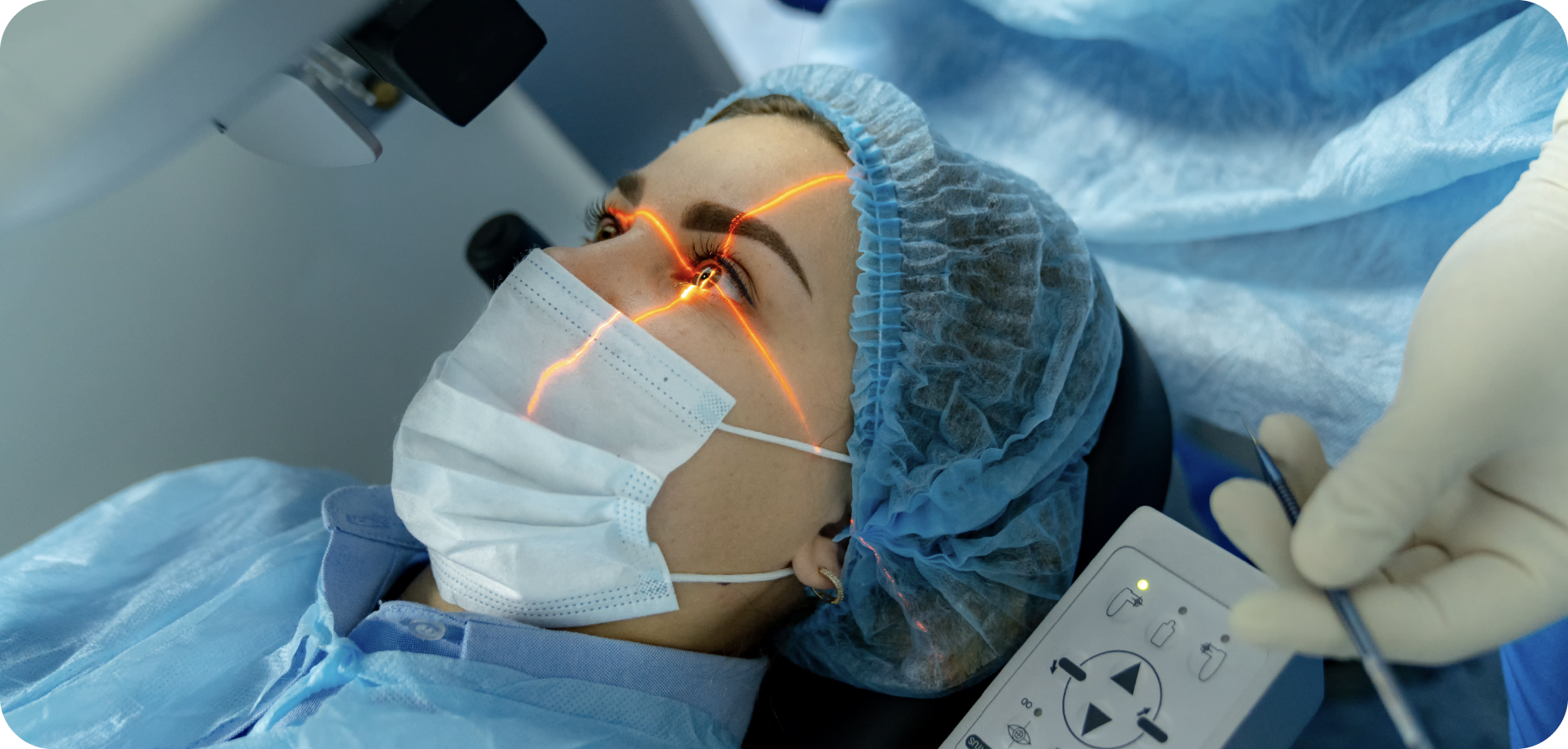
Cataract eye surgery is a common procedure in Singapore, with as many as 78.6% of elderly patients in the country affected. This procedure is the only proven treatment for the condition at the moment.
If you are considering a cataract operation or have one scheduled, you may have questions about it. This guide walks you through the process – before, during, and after – to give you an idea of what to expect.
There are several things to do before you actually get the surgery. All of it begins with a consultation from your eye doctor.

Before cataract surgery, you need to undergo a consultation and comprehensive eye screening with your ophthalmologist.
This is done in order to confirm that you do have a cataract and surgery is a viable next step. If it is, your doctor will explain the procedure to you and discuss any possible risks in your case.
You will also have to select an intraocular lens during this preparatory stage. The intraocular lens, or IOL, is the artificial lens that will replace the extracted cloudy lens during the surgery.
Here are the different types of lenses typically offered for cataract op patients:
Your doctor will discuss the pros and cons of each type of intraocular lens and recommend a lens most suitable for your needs.

Your doctor will also provide clear instructions for the day of the surgery. These usually include:
The last point is specifically so that someone can help you get back home. Your vision will be temporarily impaired following the procedure, so you will need help with travelling home from the clinic.
Cataract surgery is a quick and largely painless outpatient procedure that typically takes anywhere from 15 to 30 minutes per eye.

In most cases, cataract surgery is performed using topical anaesthesia (numbing eye drops) and sedation.
The surgery is largely painless and the anaesthesia should keep you calm and slightly sleepy. Please do not move your head or body unnecessarily during the surgery.
The surgeon will first make a small incision in the cornea. This incision gives the surgeon access to the cataract.
An ultrasoound probe is then used to emulsify the cloudy cataract – this means the cataract is liquefied by the ultrasound waves. The liquefied cataract is then suctioned out of the eye through the corneal incision.

The IOL or artificial lens you selected is inserted in place of the removed cataract. From here, it will take over the task of the old lens. It refocuses light properly on the retina.
In most cases, the surgeon will not need to use stitches to close the incision. It will be so small that it will heal by itself.
There are a few rare situations when a surgeon may need to use a larger incision that will require stitches at the end. But again, this is an exception instead of a rule.
Your vision will be slightly impaired after surgery. Most people report some blurriness and even watering or itchiness of the affected eye after the procedure.
These are temporary effects, however. Most of them will go away after a few days.
You will be provided some care instructions by your doctor for the next few days, however. Below are some of the most common instructions provided to cataract surgery patients:
Above all, reach out to your doctor if you notice worsening redness, swelling, pain, discharge or drop in vision in the operated eye. Floaters and flashes of light and vision loss are also causes for an immediate visit to the doctor. They may mean you have post-op complications.
Cataracts develop slowly, but once they start showing, they can severely interfere with quality of life. Reading and even recognising faces can become challenges with a cataract.
Early treatment addresses that before it can lead to worse outcomes. For example, falls are more likely for people with cataracts because of their impaired vision. Fixing the cataract means reducing the risk of such accidents.
Cataract surgery is ultimately the treatment that most people will have to undergo to address a cataract. If you want to learn more about cataract surgery and what it entails, contact us at ERS Suntec City so our team of doctors can review if this procedure is the right step for you and your condition.